How to Build a Strong and Effective Advisory Board - A Complete Guide for Scientific Research Success

What Is an Advisory Board?
Organizations need diverse expertise and balanced perspectives to guide R&D and identify unmet research standard needs. An Advisory Board plays a crucial role in validating research direction, leveraging industry knowledge and networks to enhance research quality, and driving meaningful outcomes.
The key to building a successful advisory board lies in selecting the right experts, approaching them with professionalism and respect, and fostering a strong, trust-based relationship. Establishing a well-structured Advisory Board is an essential step toward advancing research and achieving impactful results.
Why Is an Advisory Board Important in Science Research?
Research and development (R&D) go beyond mere experimentation and data accumulation; they aim to solve real-world problems and drive innovative outcomes. Achieving this requires diverse expertise and balanced perspectives, making the role of an Advisory Board crucial.
An Advisory Board helps review research direction, establish strategic plans, and complement aspects researchers may overlook. This external advisory support is particularly essential for emerging research teams or interdisciplinary projects. Additionally, advisors play a key role in securing funding and resources, as well as ensuring the practical application of research outcomes through industry and policy connections.
Ultimately, an advisory board is an indispensable element in enhancing research quality and enabling research teams to make better-informed decisions.
How to Find Experts to Build an Advisory Board
🔎 Step 1 - Identifying the Right Candidates
1) Leveraging Existing Networks
The easiest way to find potential Advisory Board members is through existing connections. If someone is already providing advisory support informally without an official title, you can politely request them to take on an official role. However, rather than simply asking for cooperation, it is crucial to clearly explain why they are the right fit for the position.
2) Discovering New Candidates
If you need to identify new candidates, the first step is to define the necessary qualifications for advisors based on your research field and technological requirements. Consider the following factors:
- Expertise in the Research Field: Evaluate their contributions by reviewing academic publications, patents, and citation counts.
- Institutional & Career Background: Check their current affiliation with leading universities, research institutions, or corporate R&D departments.
- Conference & Symposium Participation: Identify influential speakers or panelists from recent academic events.
- Online Network Utilization: Explore potential candidates through platforms like LinkedIn and researcher databases.
📌 Helpful Tool: Scinapse could be a good tool to search expert in the field, invaluable when identifying potential candidate.
Scinapse allows you to filter and find suitable researchers based on:
- Recent Active Researchers who have published within the last 3 years
- Citation count within your specified search criteria (filtered set)
- Affiliation or Country
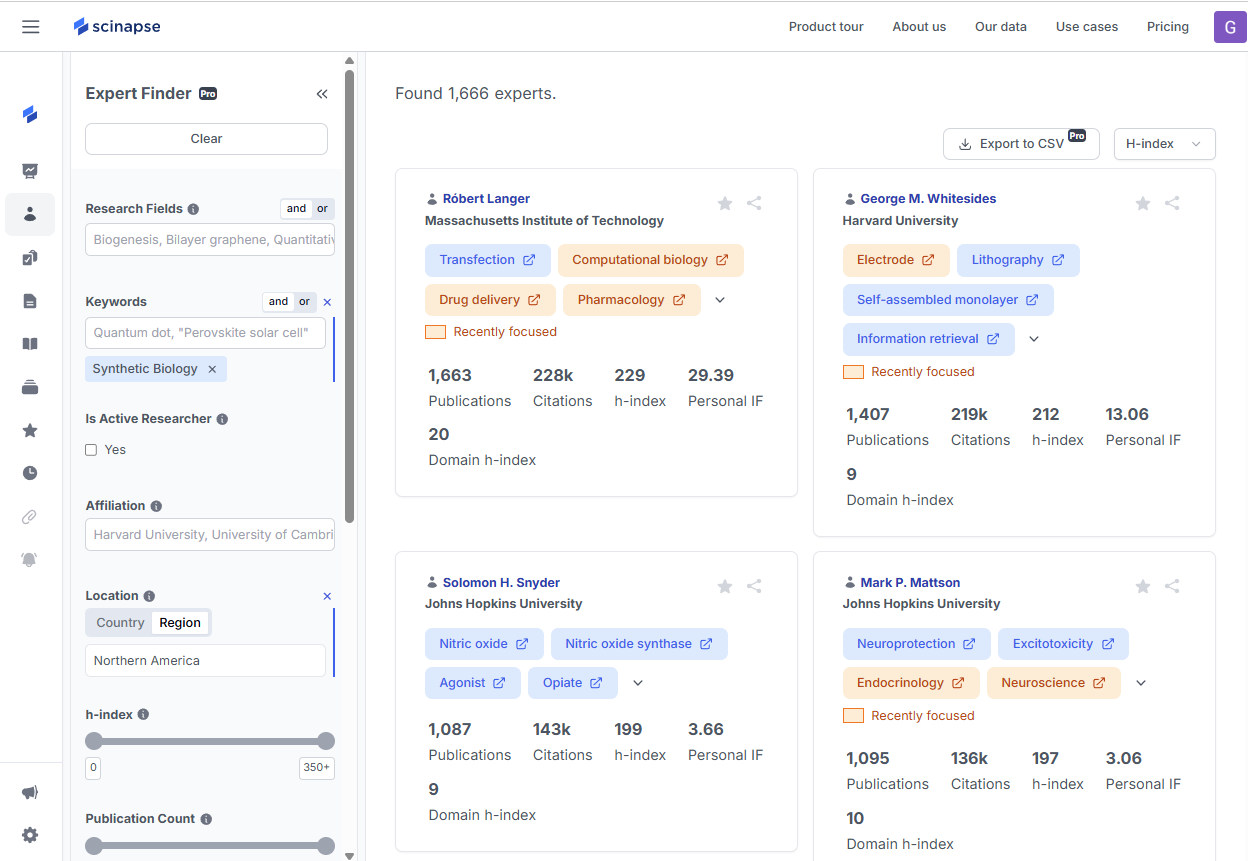

☝🏻By setting or utilizing these search parameters, you can efficiently narrow down the list of potential candidates.
📌 Tip: Adjusting the Last Publications filter to focus on recent years can help you target more relevant researchers.
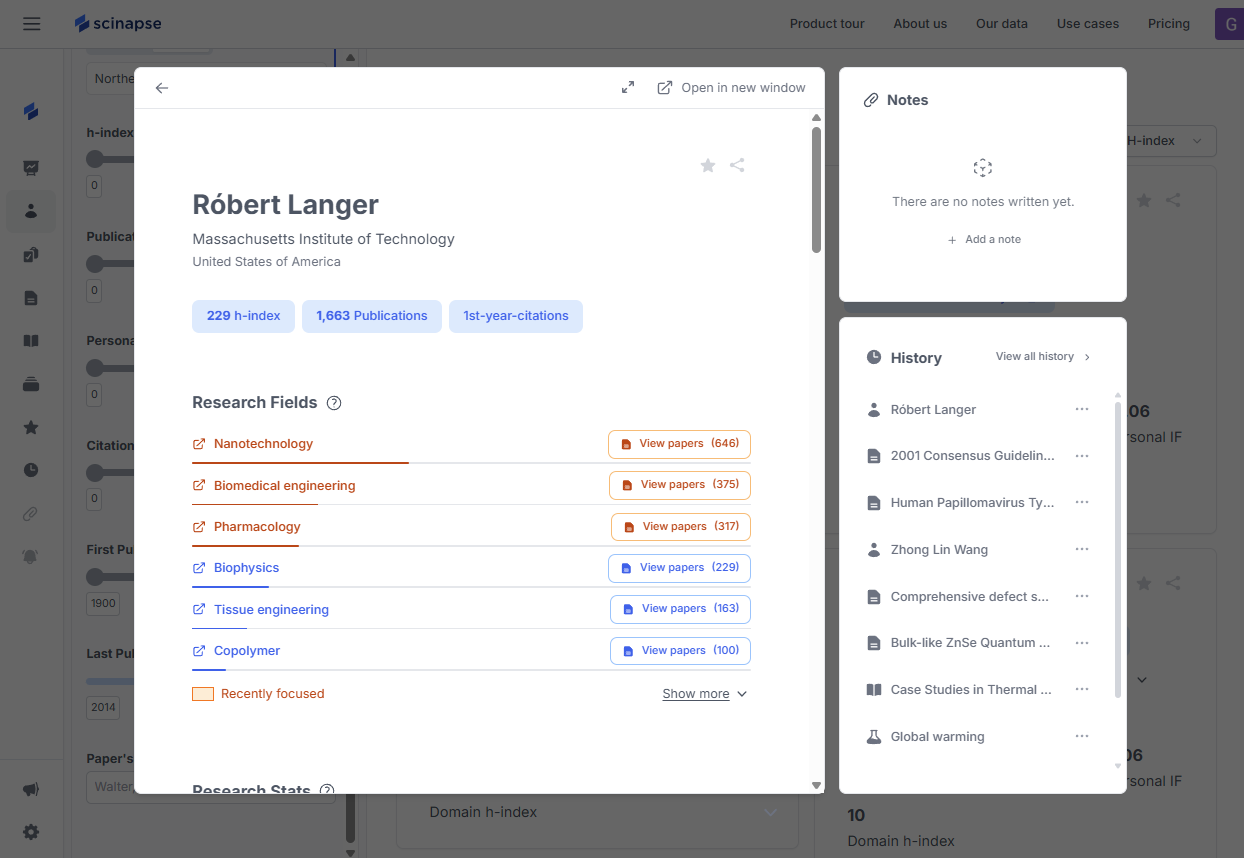
🔗 Recommended Resources:
🔎 Step 2 - Impactful First Contact & Message Crafting
1) Writing an Effective Outreach Message
Your initial message should be concise, clear, and persuasive. Key elements include:
① Introduction: Briefly introduce yourself and your research project.
② Value Proposition: Highlight what the Board of Advisors member can gain from this role (e.g., access to cutting-edge research, and networking opportunities).
③ Meeting Proposal: Suggest a short meeting or coffee chat to discuss alignment in research direction and expectations.
🚫 Tip: Avoid directly saying, "Please become an advisor!"
Instead, propose an informal meeting first and naturally introduce how their involvement could add value.
2) Communication Channels / Method
- Online: Reach out via LinkedIn or email with a professional yet respectful message.
- Offline: Engage in direct conversations at industry conferences, networking events, or academic gatherings. Meeting in person is often the most sincere and impactful way to make a request, which could be the most effective approach.
🔎 Step 3 - Evaluating & Verifying Candidates
After the initial meeting, assess the candidate’s suitability based on these criteria:
- Alignment with Research Goals: Ensure their expertise aligns with your research direction.
- Availability: Confirm they have enough time to provide meaningful guidance.
- Advisory Experience: Check whether they have prior experience in similar advisory roles.
- Reputation & Credibility: Gather feedback from peers in the academic or industry community.
🔎 Step 4 - Establishing an Official Relationship
Once the advisory board is finalized, formalize the engagement by:
- Defining Roles & Expectations: Clarify the frequency of advisory sessions, scope of discussions, and responsibilities.
- Determining Compensation Structure: Consider options such as pro bono advisory, consulting fees, or equity shares.
- Ensuring Confidentiality & IP Protection: Prepare legal documents like an NDA (Non-Disclosure Agreement) if necessary.
📌 Tip: It is best to finalize legal and administrative procedures after the advisor has officially agreed to join.
By following these structured steps, you can effectively build a Advisory Board that enhances the quality and impact of your research.
Takeaway
Organizations need diverse expertise and balanced perspectives to guide R&D and understand unmet research standard needs. Building an effective Advisory Board is essential for driving research success. The advisory board plays a crucial role in validating research direction, leveraging expertise and networks to enhance research quality, and driving tangible outcomes.
The key to forming a successful Advisory Board lies in identifying the right candidates, approaching them with professionalism and respect, and fostering a trustworthy relationship. A well-structured advisory board not only strengthens research efforts but also maximizes their real-world impact.
This guide aims to serve as a valuable resource for those looking to establish a strong and effective advisory board.
/ Written by Geehee Nahm
- Content Strategist specializing in SaaS industries
👇🏻If you'd like to learn more about the research trends & features in detail,

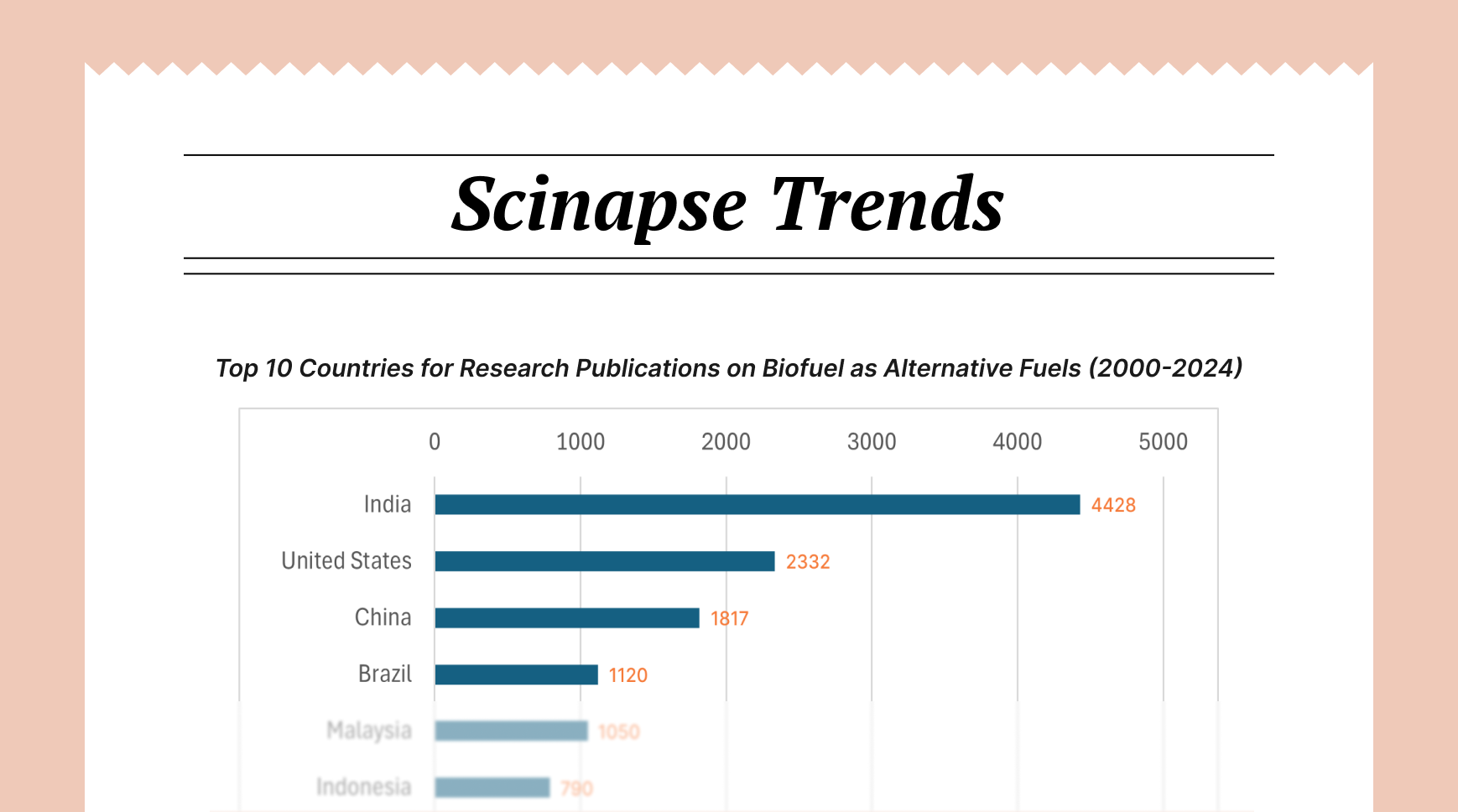
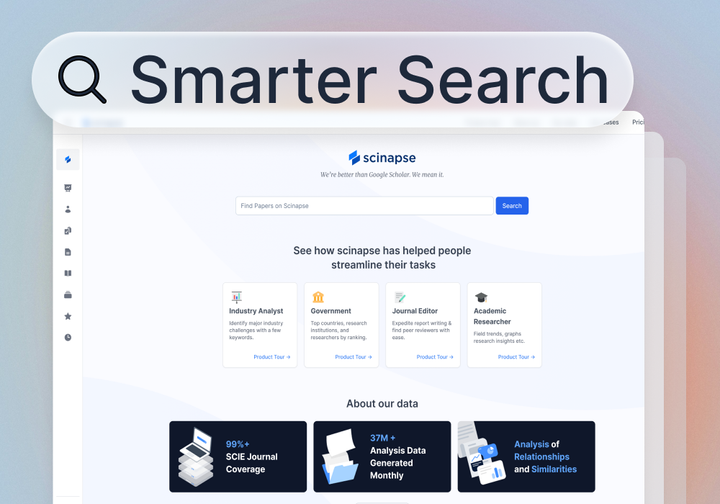
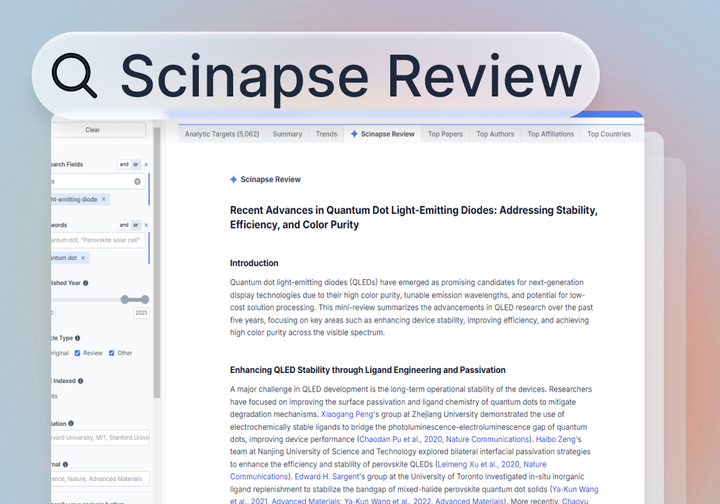
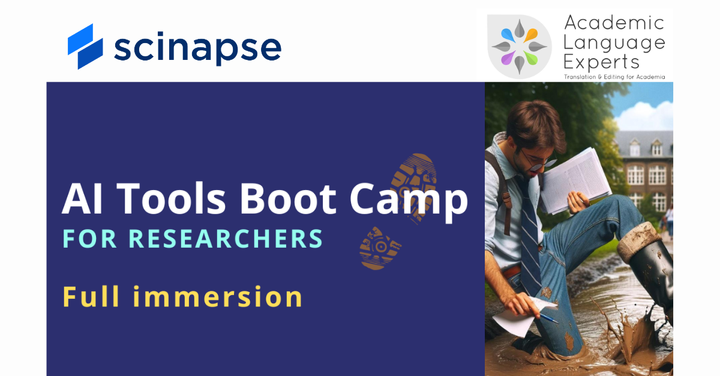
Comments ()